The Influence of Art History on Modern Pop Art
Today’s post is about one of the most “popular” art movements of the Modern Era: Modern Pop Art. This movement arose from a rebellion against Abstract Expressionists, that was considered by the Pop Art artists as pretentious and over-intense.
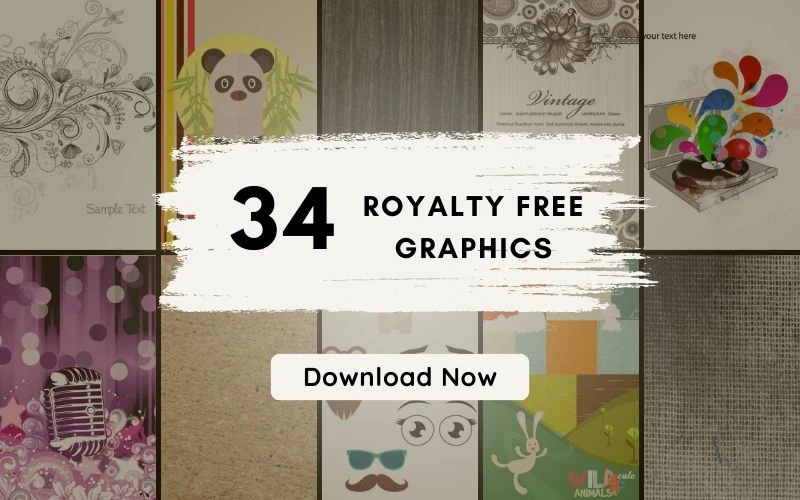
Gold Marilyn Monroe (1962) – Andy Warhol
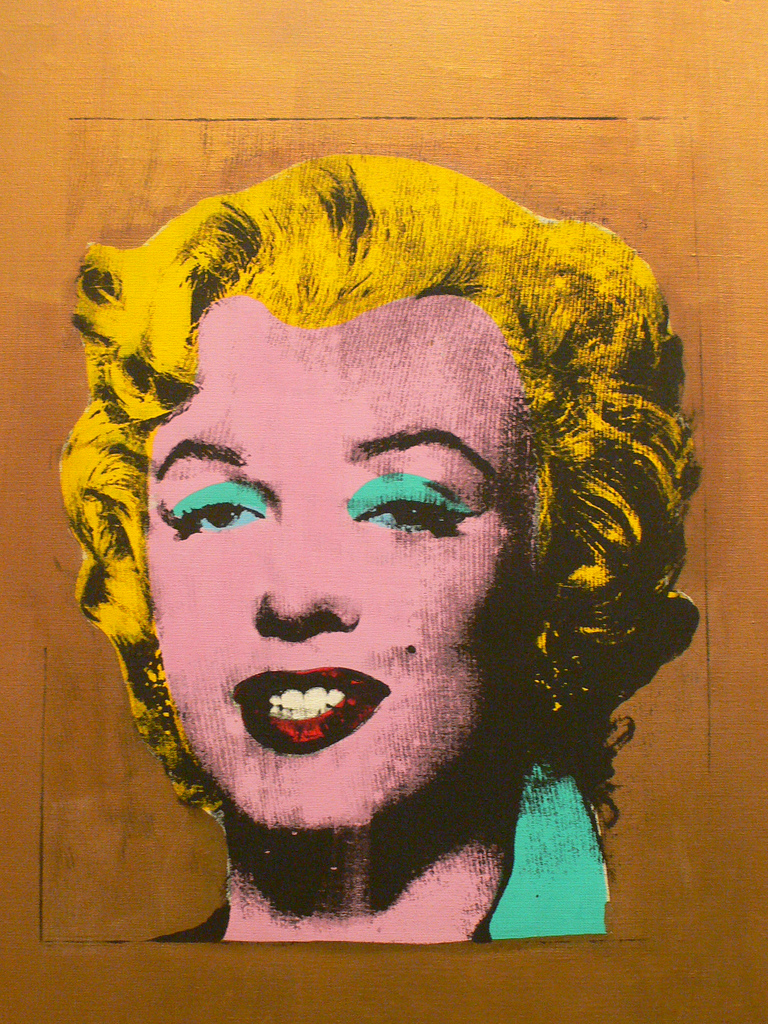
Pop Art is thought to be an art style that returned to the material realities of everyday life, to popular culture (this is where the “pop” term comes from) which derives from most of the visual pleasures of people – like television, magazines or comics.
If you want to read more about the influence of art history on modern designs check out our other posts about: Gothic Style, Baroque Style, Art Nouveau and Cubism.
Drowning Girl (1963) – Roy Lichtenstein
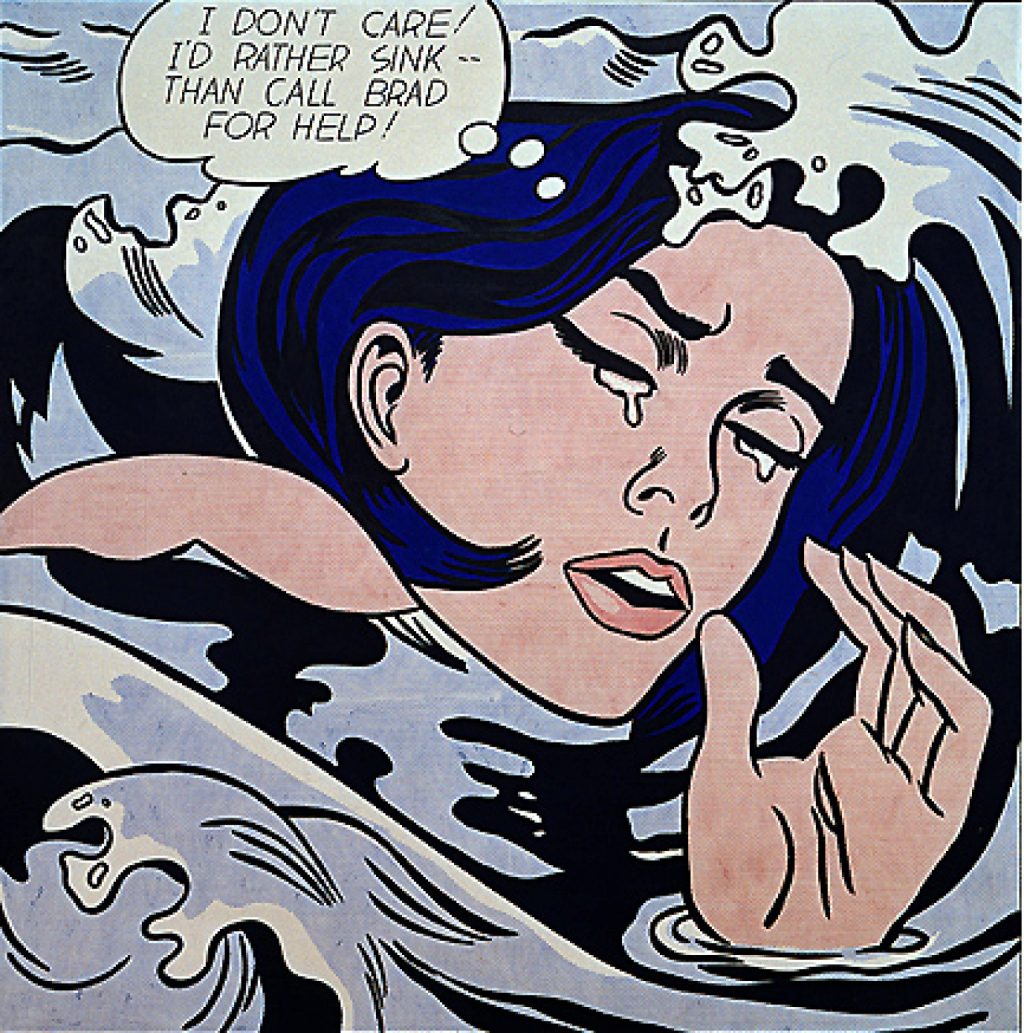
When and where did the Pop Art movement appear?
The Pop Art movement appeared in Britain in the mid-1950s’ and in the United States in the late 1950s’. Pop Art artists wanted to challenge tradition assuming that an artist’s use of mass-media and popular culture visual elements can be considered fine art.
Pop art is about removing the material from its context and isolating the object or combining it with other objects for contemplation. This concept actually refers to the attitudes that led to art.
Viki (1964) – Roy Lichtenstein
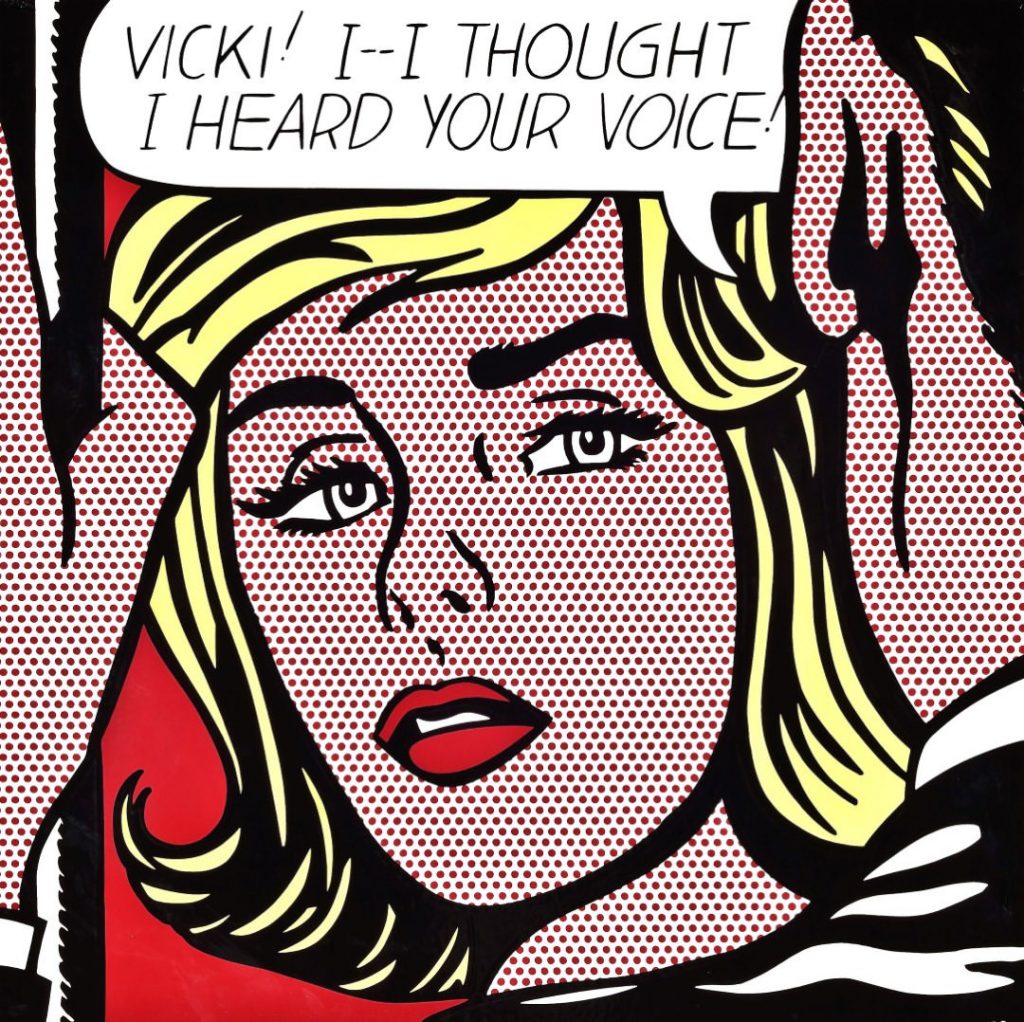
It’s widely known that Pop Art coincided with the pop music phenomenon of the 1950s’ and 1960s’ and it was very much associated with the fashionable, swinging image of London. As an example, Peter Blake designed covers for Elvis Presley and the Beatles. Moreover, he starred actresses like Brigitte Bardot in his pictures, in the same way, artist Andy Warhol used the image of Marlyn Monroe in the United States.
British Pop Art vs. American Modern Pop Art
American Pop art was known to be anonymous, emblematic and aggressive. On the other hand, English Pop art was more referential and subjective. English Pop artists used to deal with popular culture and technology primarily as themes or metaphors. American Pop artists were more into these ideas. For example, Andy Warhol’s motto was “I think everybody should be a machine” and actually tried to make it artworks that looked like there were made by a machine.
Jackie (1964) – Andy Warhol
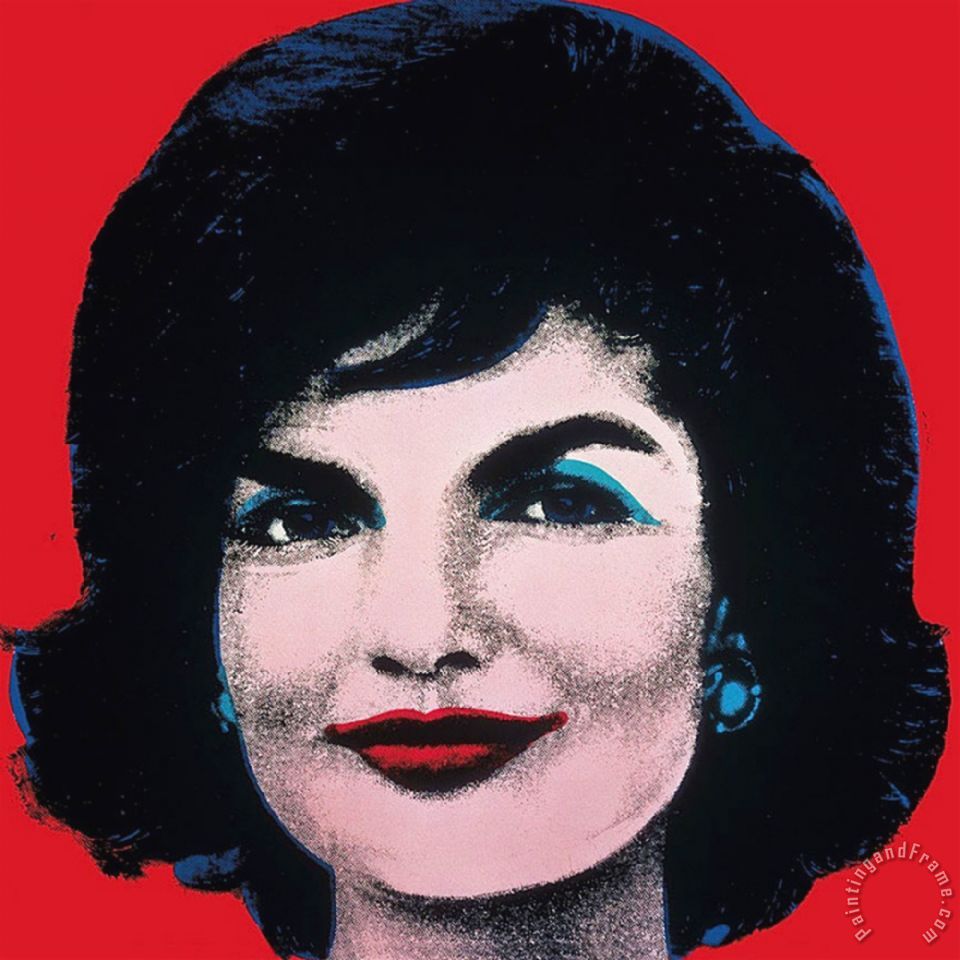
In 1952 in London appeared The Independent Group (IG), which was considered the precursor of the pop art movement. At the first meeting of the IG in 1952, the co-founding member, artist and sculptor Eduardo Paolozzi introduced a lecture using a series of collages called Bunk! that he created in his time spent in Paris in the period 1947-1949. This series of collages was composed of “found” objects like comic book characters, advertising, magazine covers and all sort of mass produced graphics that mainly represented the American culture. The first work of art which included the word “pop” was Paolozzi’s collage called I was a Rich Man’s Plaything (1947), where the pop appeared in a cloud of smoke emerging from a revolver.
Bunk! collage series – I was a Rich Man’s Plaything (1947) – Eduardo Paolozzi
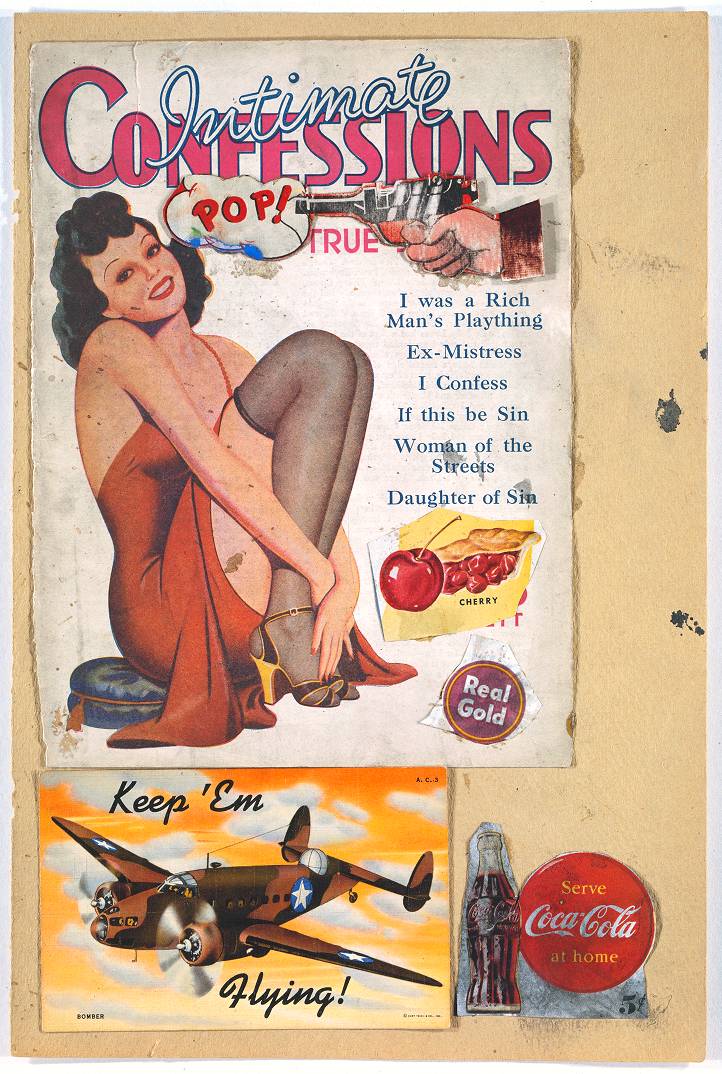
The melody haunts my reverie – Roy Lichtenstein
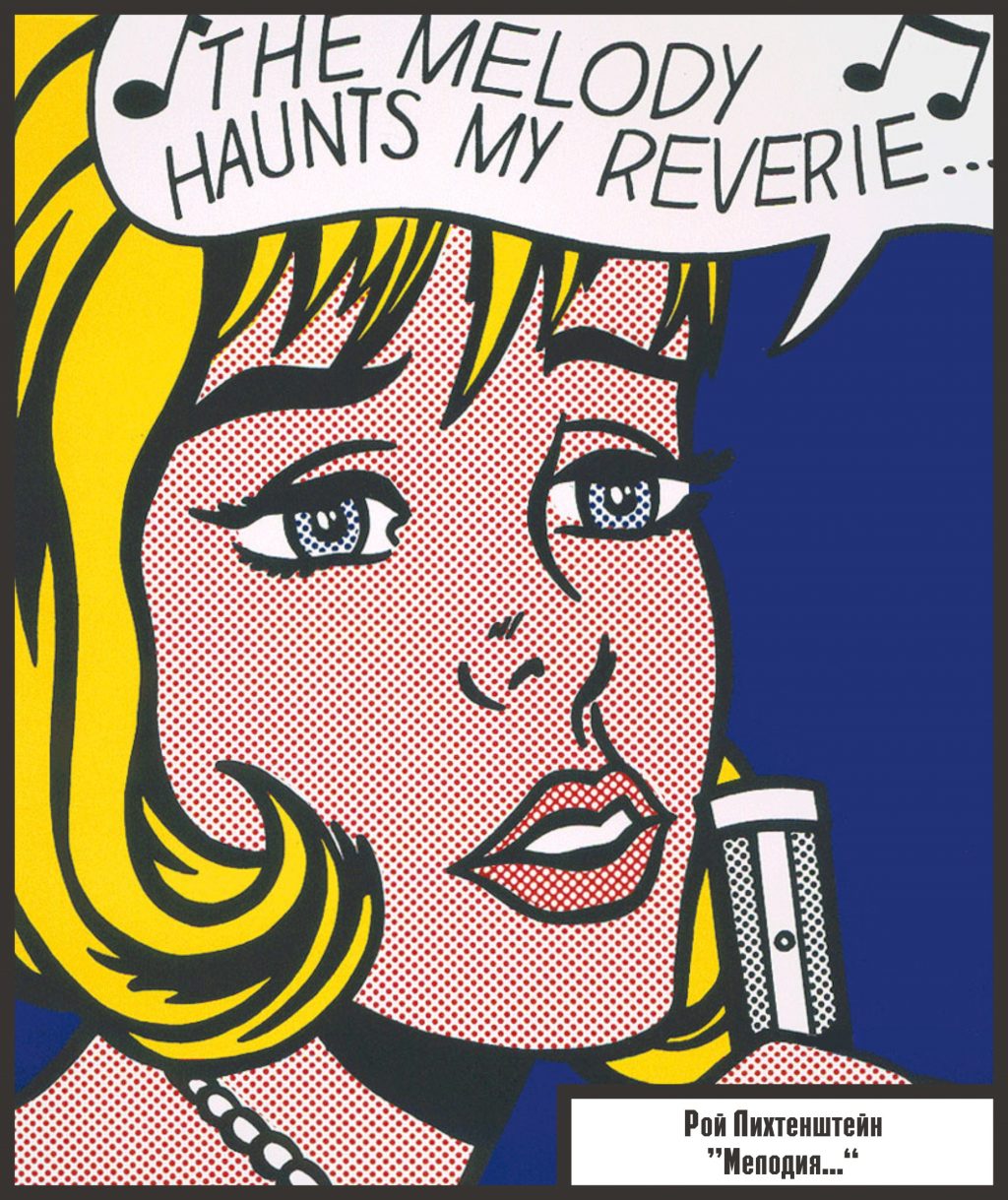
In the United States, pop artists used to reproduce, duplicate, overlay, combine and arrange endless visual details that represented the American culture and society, introducing transformations and acting like commentaries. The most famous American Pop Artist, Andy Warhol had a very special interest in movie stars and this passion of his was represented in his art in 1962 when he started creating portraits of Marilyn Monroe.
Warhol tried to keep his personal fascination with fame from showing too clearly in his artwork and preferred to let the meaning at the interpretation of viewers. The Pop movement and the role of the media were summarized by Andy Warhol in this famous quotation: In the future, everybody will be famous for fifteen minutes. The magazines, television, newspapers and Hollywood are producing new images every day, meaning that they are constantly enlarging the popular culture. Everything that surrounds us is just an image ready to be consumed.
Which are the most important characteristics of Modern Pop Art?
Pop Art is characterized by techniques and themes drawn from popular mass culture like comic books, advertising, and mundane cultural objects . This movement is widely interpreted as a reaction to the ideas of abstract expressionism. Pop Art intended to employ images of popular in contrast to elitist culture in art, emphasizing the mundane elements of any given culture, usually through the use of irony.
Figures in Landscape (1977) – Roy Lichtenstein
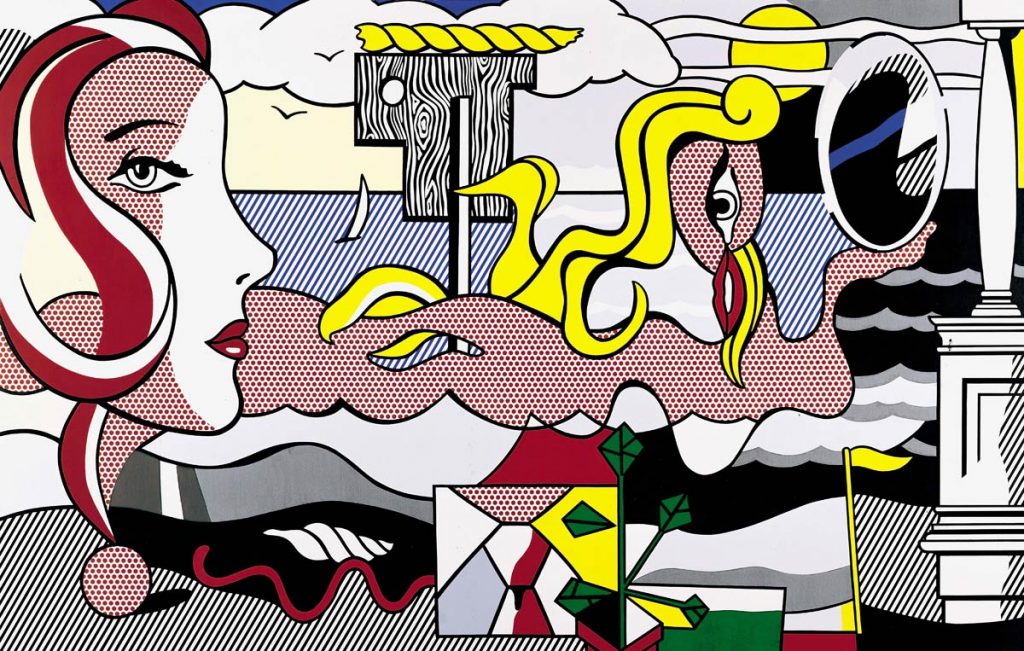
The colors used by the Pop Art artists – the predominant colors being yellow, red and blue – are vivid and, in comparison to other movements, they do not depict the artist’s inner sensation of the world. They actually refer to popular culture. This was the same culture that inspired artist Andy Warhol to experiment with the technique of silkscreen printing, a very popular technique used for mass production.
Famous Pop Art artist, Roy Lichtenstein developed a style that was based on the visual vernacular of mass-communication: the comic strip. The features of this style were: black outlines, bold colors, and tones rendered by Benday dots (a method of printing color tones in comic books from the 50’s and the 60’s).
The features of the Pop Art artworks were: clear lines, sharp paintwork and clear representations of symbols, people and objects found in popular culture. Actually, Pop Art replaced the satirical, destructive and anarchic elements of the Dada movement (a cultural movement which appeared in Zurich during World War I and concentrated its anti-war politics through a rejection of the prevailing standards in art through anti-art cultural works) by having a reverence for mass culture and consumerism.
Just What is it that makes today’s home so different, so appealing? (1956) – Richard Hamilton
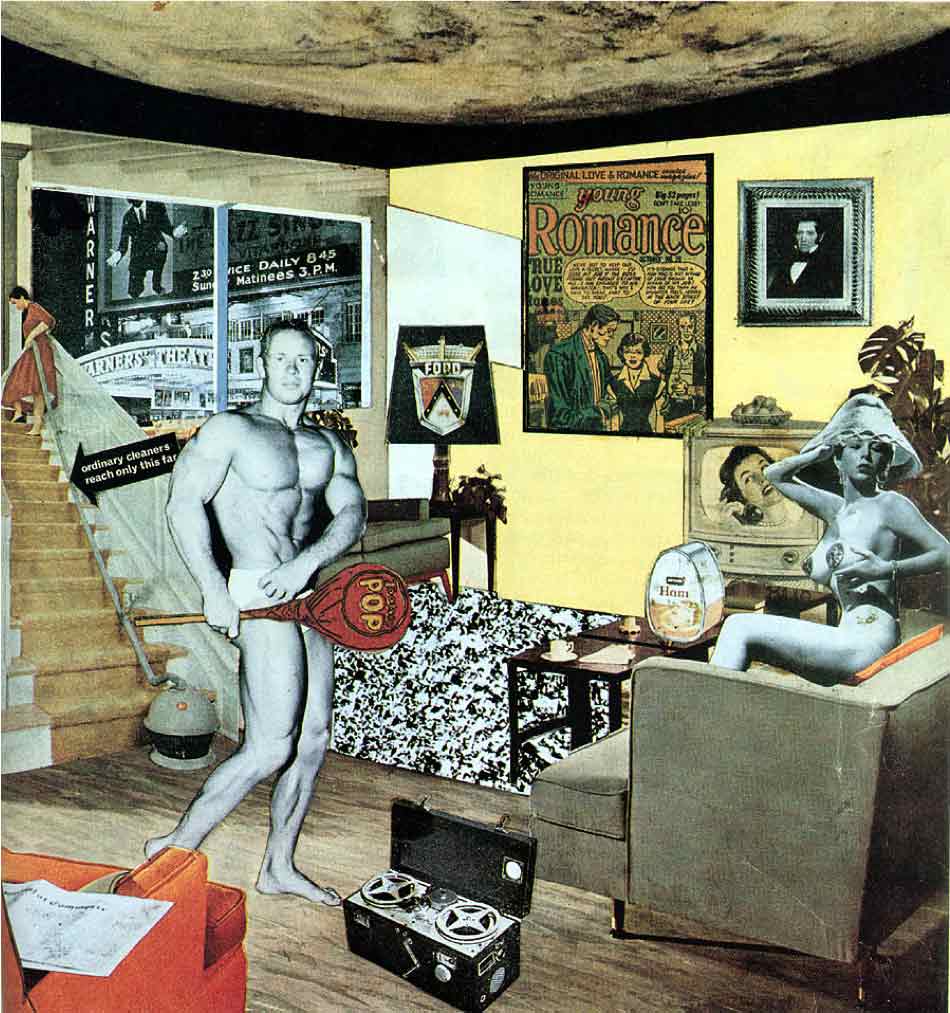
Pop Artists liked to satirize objects and they sometimes enlarged them to seemingly unnatural proportions. In the pop movement food was a common theme, but also household objects as chairs and toilets were made out of squishy plastic rather than the materials normally used. As an example, we have the Soft Toilet by Claes Oldenburg.
The Birth of Modern Pop Art
Cubism in painting
The artist that personified the Pop Art more than any other was Andy Warhol. His painting of Marilyn Monroe are the most famous icons of Pop Art.
Elvis I&II (1963-64) – Andy Warhol
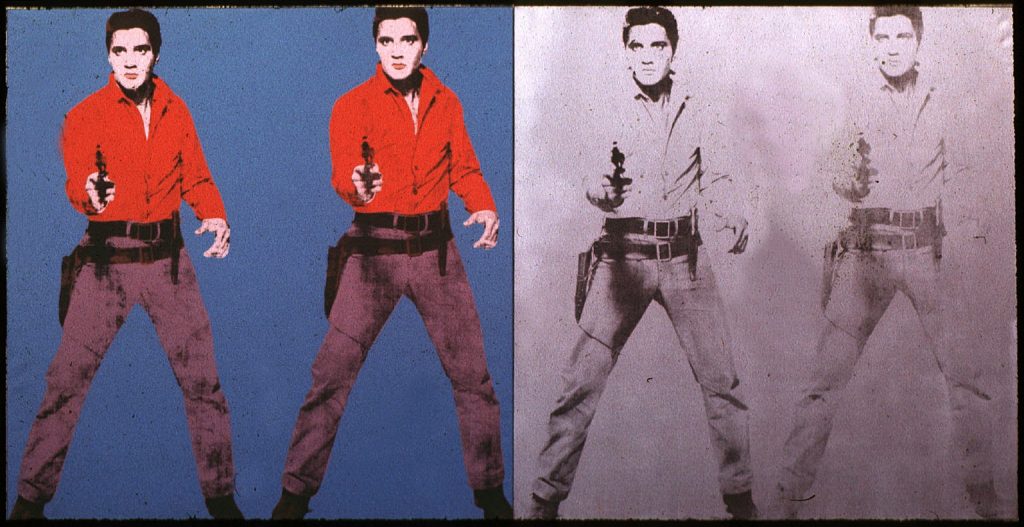
Painter Andy Warhol had an obsession with Hollywood’s fame and glamor. He used the photographic silkscreen to create his famous portraits of Mick Jagger, Elvis Presley, Marilyn Monroe and Jacqueline Kennedy. The process he used allowed him to create a large number of prints. Actually, Warhol used a method of mass production to create his artwork because he thought that celebrities themselves were mass produced.
Mick Jagger Suite of 10 (1975) – Andy Warhol
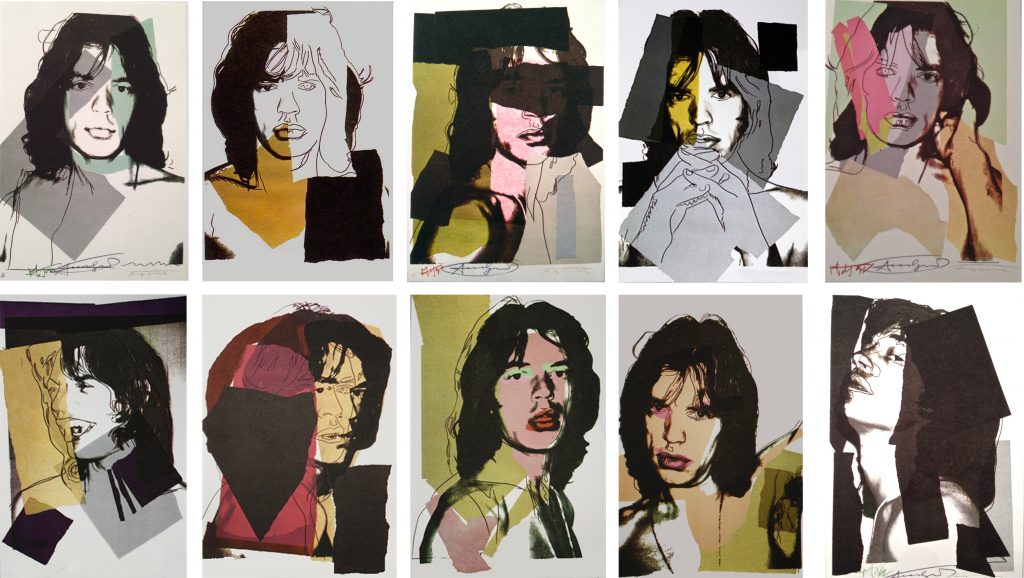
Whaam! (1963) – Roy Lichtenstein
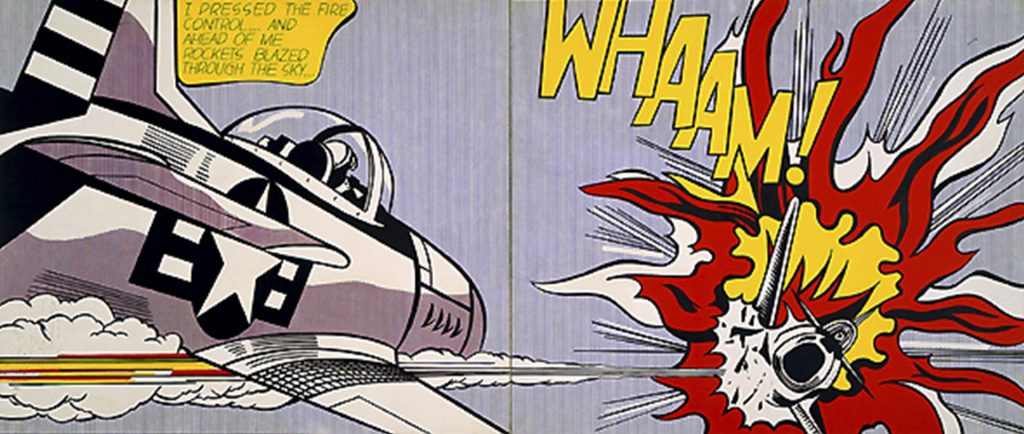
Modern Pop Art in packaging designs
Logos and product labeling often figure in the imagery chosen by pop artists. For example, we have the Campbell’s Soup Cans labels by Andy Warhol. Even more, the labeling on the shipping carton which contained retail items was used as a subject of pop art. For example, we have Campbell’s Tomato Juice Box by Warhol or his Brillo Soap Box sculptures.
Campbell’s Soup (1968) – Andy Warhol
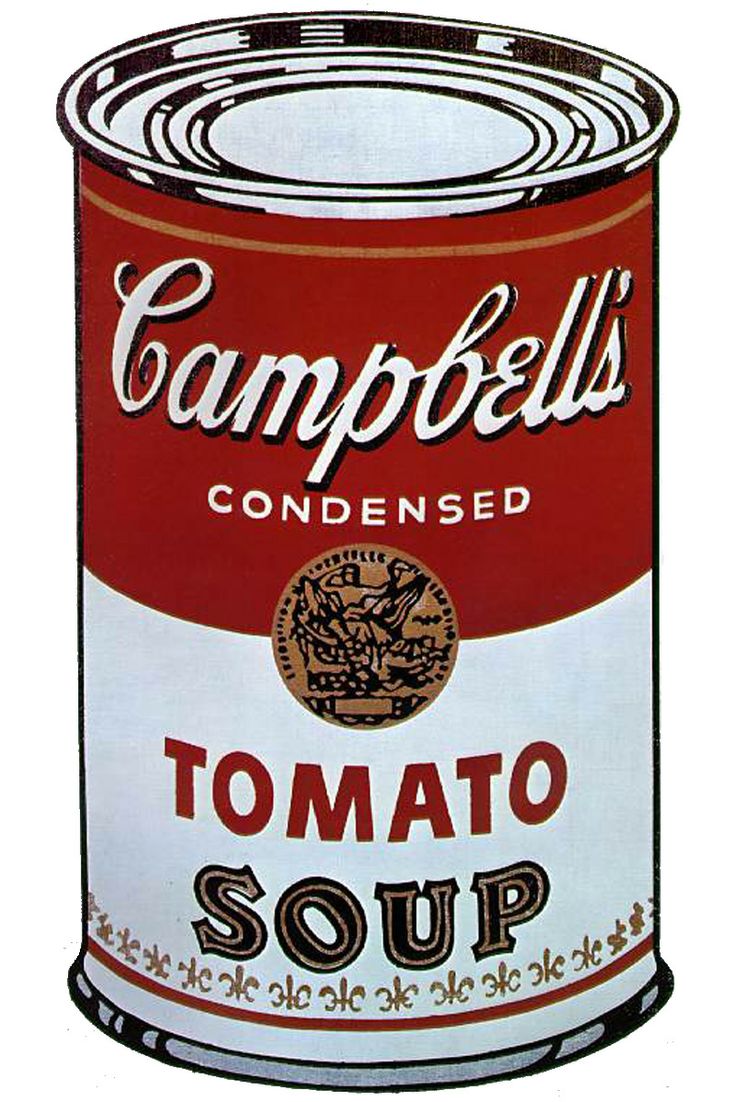
Campbell’s Tomato Juice Box (1964) – Andy Warhol
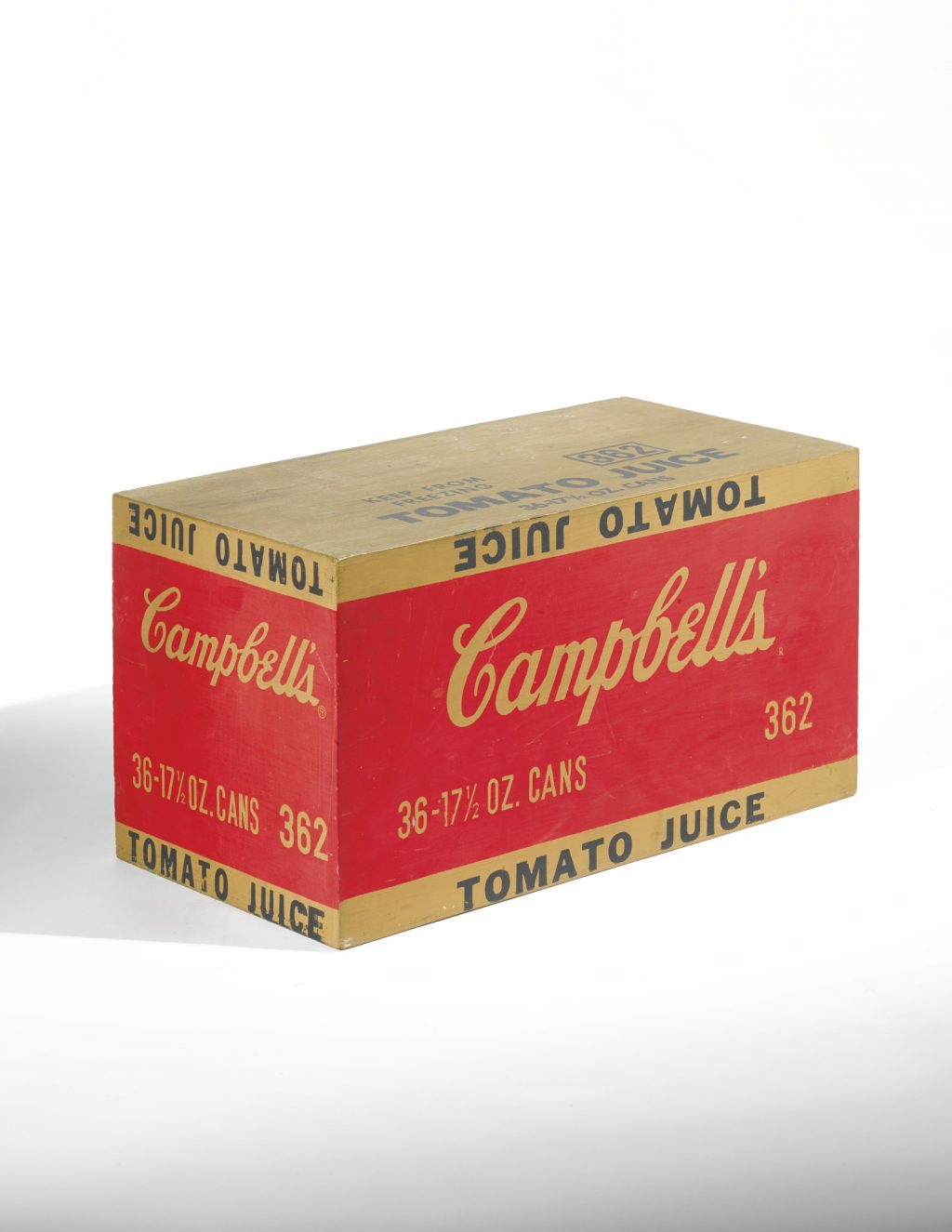
ModernPop Art in sculpture
In Pop Art Sculpture, Claes Oldenburg was considered one of the most important representatives of the movement. He created many large-scale public works. A famous work of his, in collaboration with Coosje Van Bruggen, is the Spoonbridge and Cherry in Minneapolis.
Spoonbridge and Cherry – Claes Oldenburg and Coosje Van Bruggen
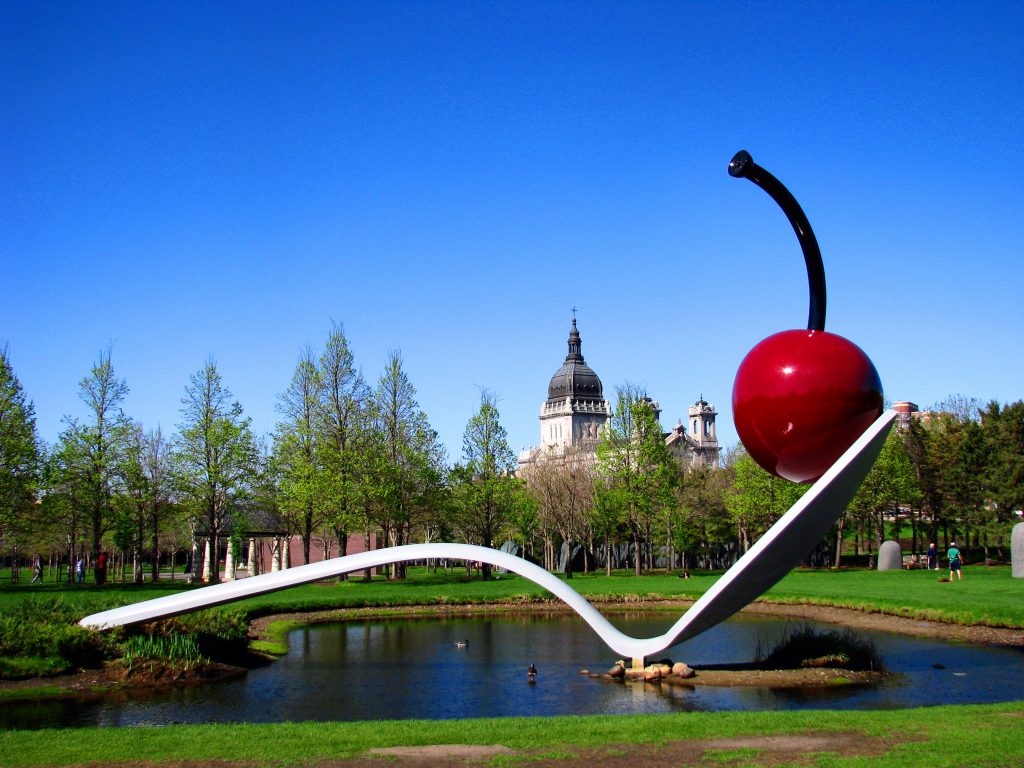
Another prominent figure of the pop movement was Robert Indiana. He called himself a sign painter, and he incorporated symbols, signs, and letters throughout his art. Indiana created poems, sculptures, paintings, silk screens and posters. His most famous sculpture is called Love and it was conceived in a time when the United States was consumed by the Vietnam War and it was as much a symbol of Peace as one of the most celebrated works within the pop art movement around the world.
Love – Robert Indiana
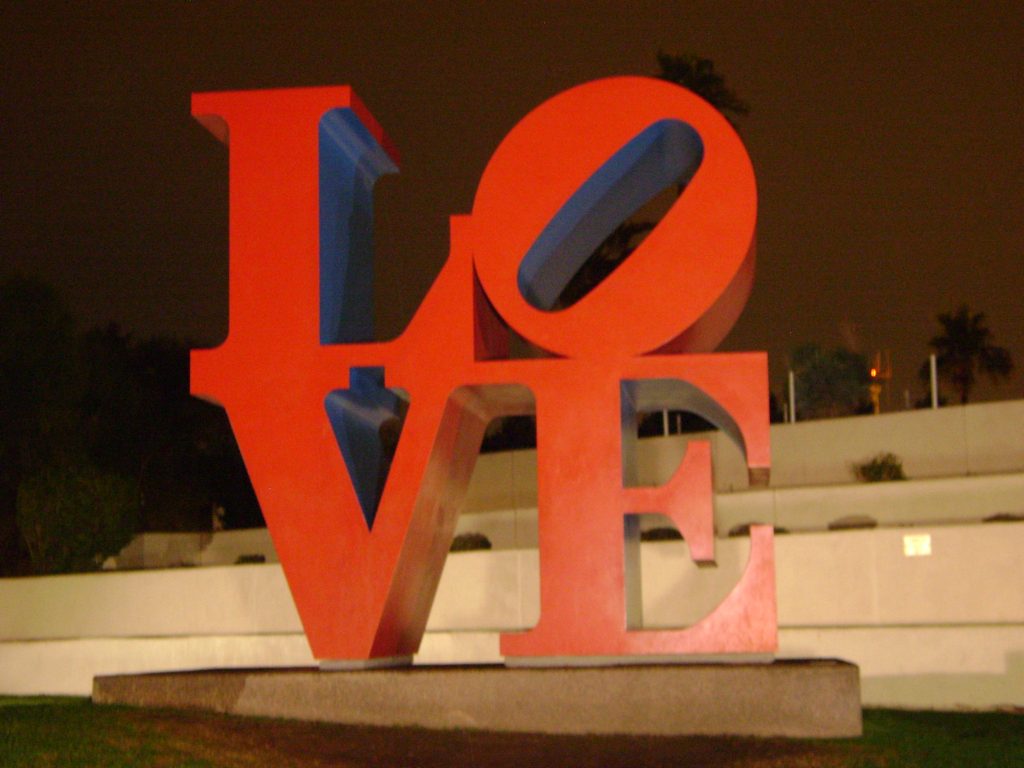
Are contemporary design works still influenced by Modern Pop Art?
Jeff Jaffe, the co-owner of Pop International Galleries in New York states that “Pop Art is stronger than ever”. Collectors, art dealers, publishers, and auction houses, of course, agree with him. All of them point to some of the greatest names in art today: Clemens Briels, James Rizzi, Romero Britto, Steve Kaufman among others. All of these artists work in a Pop style and they have all found success in today’s art marketplace.
Needless to say, art has always been an expression of what takes place in society. In the 50’s in England, and in the 60’s in the United States, art was rather a chaos of consumption, advertising, television, comics, and fashion. Art reinvented itself more than ever before because of the pop art movement, which is still highly appreciated today.
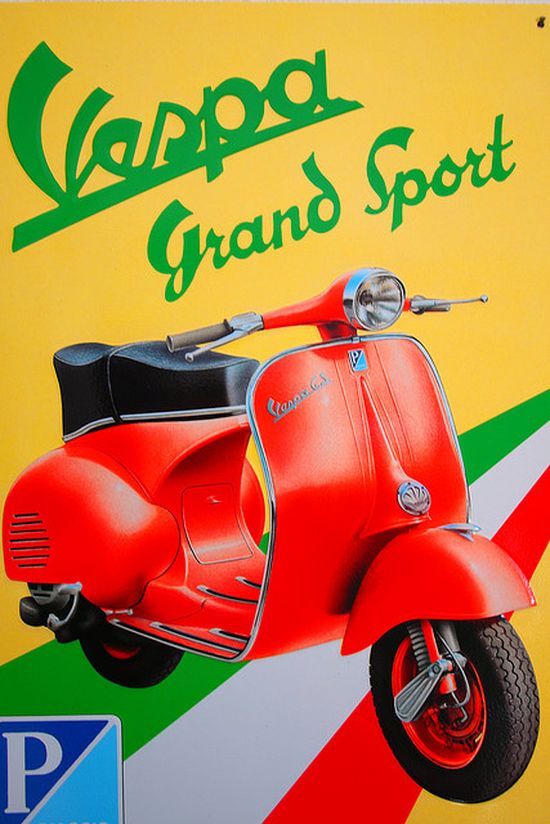
Today, Pop Art is still very popular, whether we’re talking about old originals selling for thousands of pounds or copies of those which are selling in large numbers for a small price. It’s clear that pop art has become more than just a statement and it’s impossible to ignore, it’s absolutely everywhere you go, in everyday places, or used for advertising (that is what it was initially used for in the 50’s).
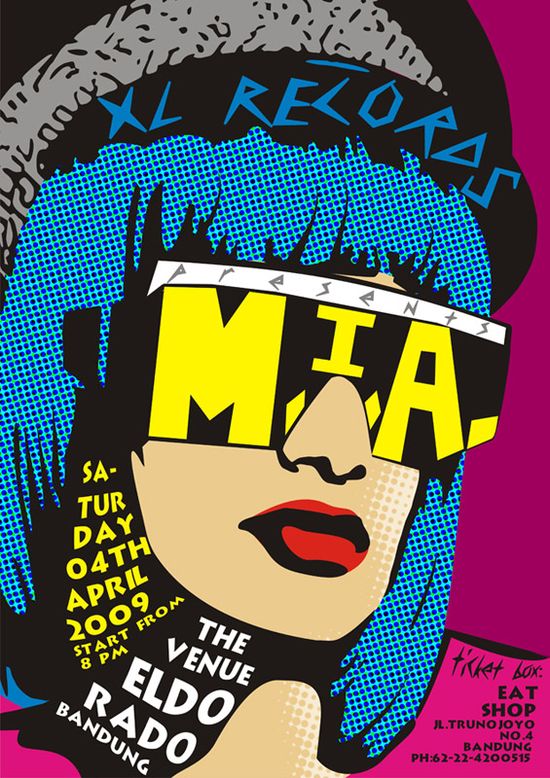
Pop Art can mean a lot of things, but one of those things is clearly “popular”. All art appeals to people on an emotional level, but Pop Art is experienced on an experiential level it comes from our daily lives, said Julie Maner, director of business affairs for Museum Editions in New Rochelle, N.Y. By this, she refers to the “Pop Dog” series, created by Gloria Lee. This series features 25 different dog breeds in some electric Pop colors. Of course, this print in particular, is put by dealers in shop windows because of the colorful and whimsical designs.
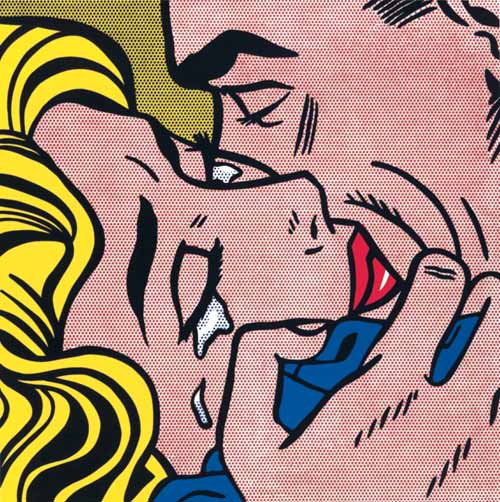
Pop Art is so popular today that it’s used for creating awesome birthday cards, t-shirts, badges, calendars, posters, canvases – so it’s really hard to ignore. The features of this art like the bright colors and the prints haven’t yet faded and I seriously doubt that they’ll ever will, as the popular movement still continues to fascinate today.
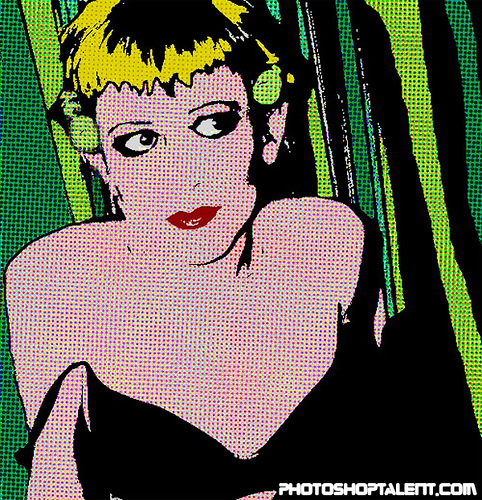
Some people asked why did Pop Art return so strongly, even 47 years after it appeared? The answer given by some was that Pop gained a lot of supporters over the years and it proved to be a solid investment. Others said that it’s just the time to swing back that way, as fashion returns to some of the early years. Moreover, it’s thought that it came back as a need of American’s to be comforted by familiar things.
Art in the Pop genre is constantly changing, it’s a way of keeping up with the times, said Julie Maner. “What I think is great about Pop art is that it’s cross-cultural. It’s not making a political statement. It’s the best art form for anyone who might be intimidated by art.” states Ruth-Ann of Thorn of Crown Thorn Publishing. Anti-war protests, war itself, threats of foreign attacks and fear of nuclear bombs are as real today as they were in the 50s’.
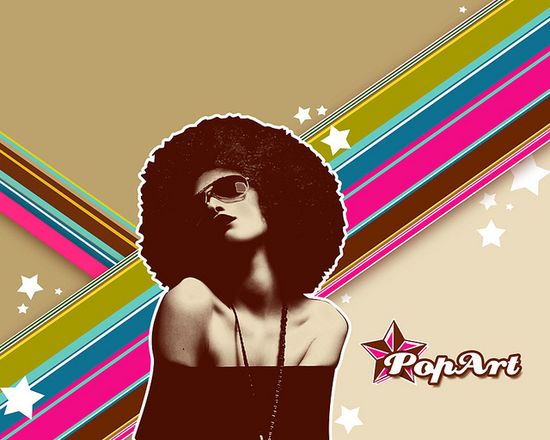
Modern Pop Art influence in contemporary artworks.
Artists still use most of the features of the pop art style today, as inspiration for their artworks. Andy Warhol’s and Roy Lichtenstein’s works are often used as models for other contemporary works. You will see that today’s artists are creating cool illustrations, prints, and posters with details like dotted images, strong multiple colors, series of images on one print, famous people’s faces and home utilities like tv’s, radios, and cameras.
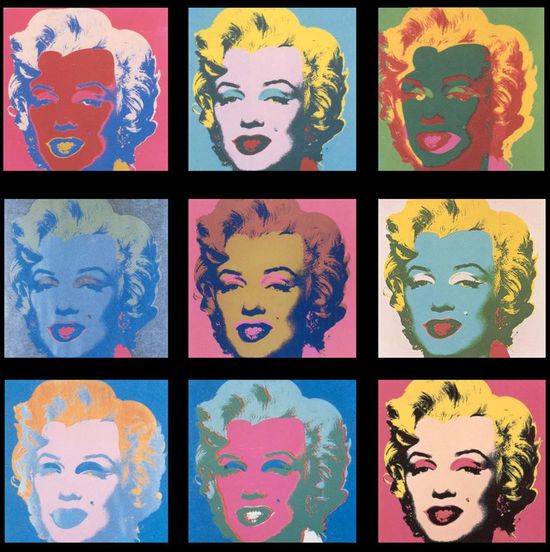
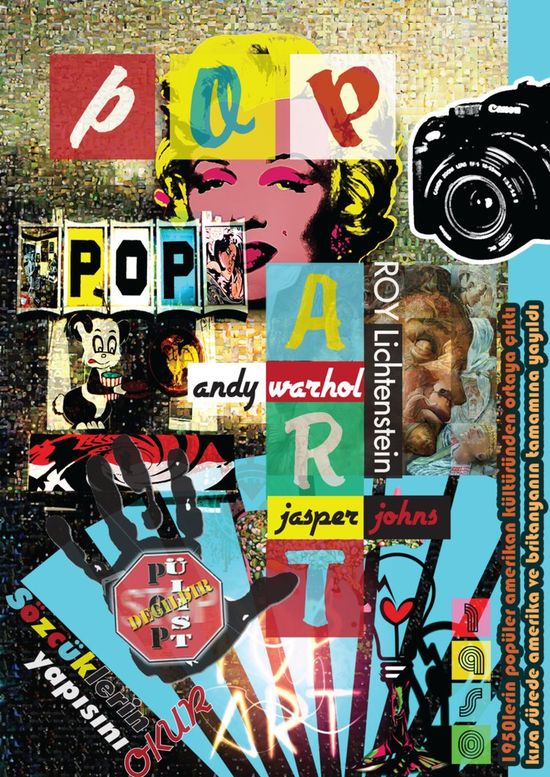
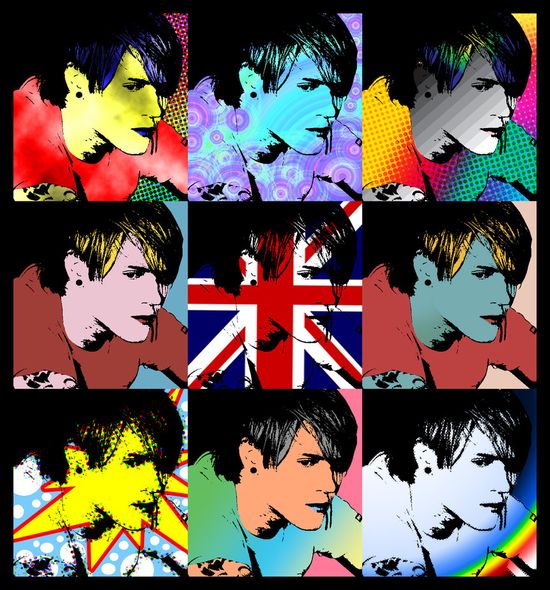
Modern Pop Art influence in home decorations, accessories prints, and fashion.
Pop Art, because of it’s bundle of colors represents a great inspiration for designers, whether we’re talking about product prints, posters, canvases, t-shirts or many other things. Check out some everyday products with awesome pop art inspired prints:
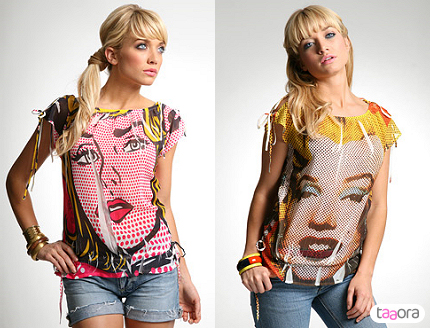
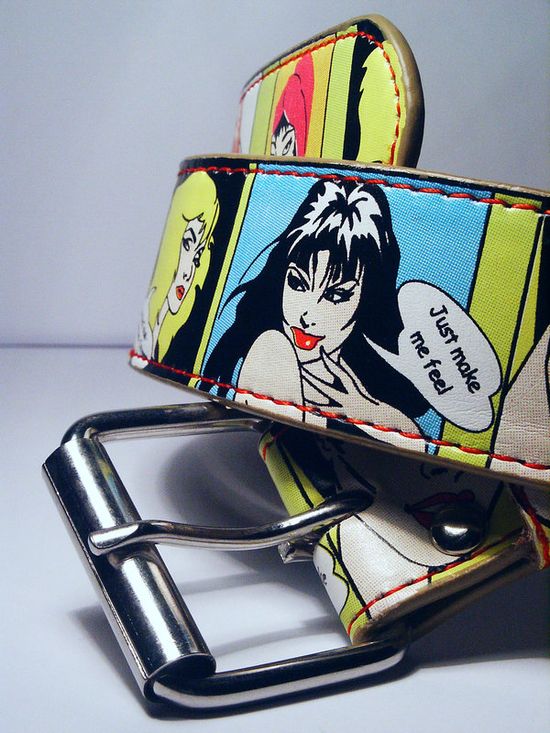
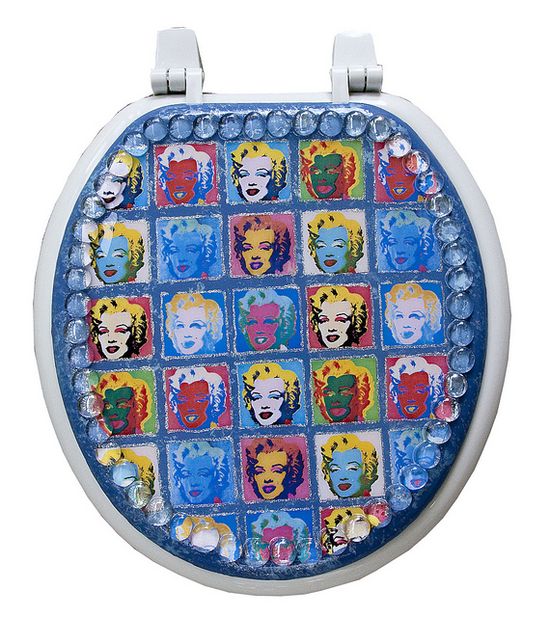
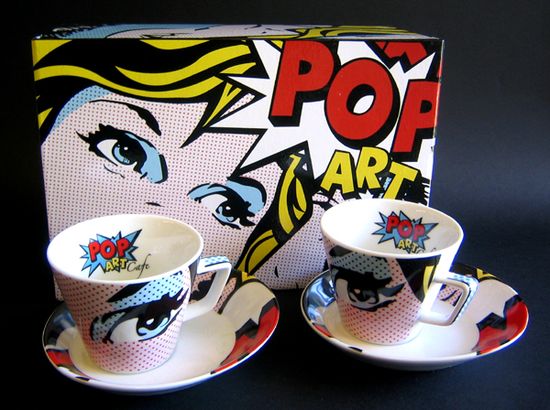
Editor’s note: This article was originally published in August 2010, and has since been completely revamped and checked to ensure complete accuracy of information.
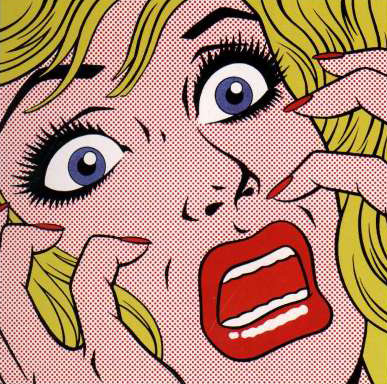
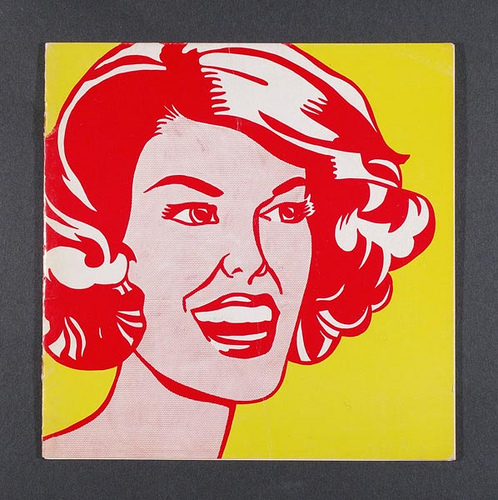

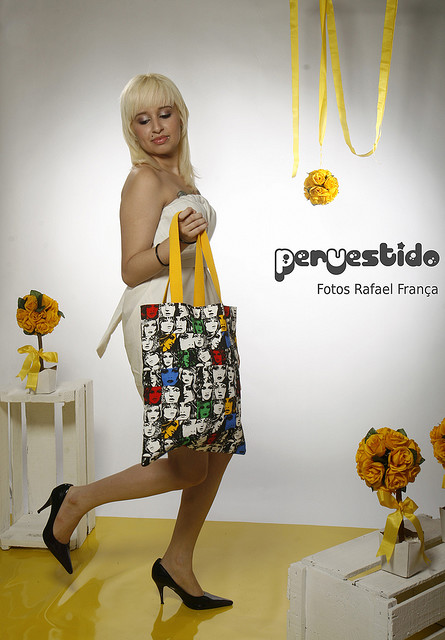
Thanks for a good history of the Pop Art movement, and for so many pictures to go with it!
Where Can I Get One Of Those Marilyn Monroe Mesh Shirts??? I <3333333 it.
Hi Adriana,
You have a very interesting site here.
In the section on Pop Art you are using one of my images.
I have no objection to this but could you please give me a credit.
The work was created when I was represented in New York by American Artists Reps.
I have quite an archive of Pop Art style works created over many years.
I have recently begun a new body of work and always welcome any publicity.
Please take a look at my website and contact me if you’re interested.
Regards,
Rod Vass
It’s the ‘Screaming woman’ by the way. Rod.
this is a great site. its really fun checking these out.. specially POP ART INFLUENCE IN HOME DECORATIONS, ACCESSORIES PRINTS AND FASHION was my favourite.
Thank you for the awesome history that you summarized for pop art. The clean bold lines and use of repeated single elements is very much apparent in today’s designs that we see everywhere. As the world progresses more into functional yet simple and elegant design that’s mass produced in everyday items, the distance between Pop Art and life may just simply disappear.
Great view on the past and present of Pop Art!
this is very beautiful art.POP ART INFLUENCE IN HOME DECORATIONS, ACCESSORIES PRINTS AND FASHION was my favourite.
Delightful informative read. Off to a trivia night on Pop Art.
I love the examples you chose. Specially the Vespa!
I love the art!!!!!!
So do i!
i love pop art
Not only me i think everyone like the pop art…
Thank you, for publishing this post. I hope we will get a more useful post like this in future from you.
Such a nice post it was. Thanks a lot for sharing it!
love form india bro
Beautiful and fantastic blog.
No way i could have written it better than this! Thank you so much.
Nice to read your beautiful and fantastic blog
Really nice for sharing this good tutorial with us. Thanks a lot.
wonderfull!
This is absolutely great!
I find your site to be very interesting, and I like the honesty and diversity of your posts. A lot of what I’ve learned has been thanks to your website.
I love pop art design. I wanna have a Tshirt like this.
Excellent post! This is a fantastic blog that I will definitely return to throughout the year
Thank you for the article! I have studied about similar subjects! Unlike other submissions, however, I have a very unique impression of yours. I hope you will continue to share articles of this caliber with the public.